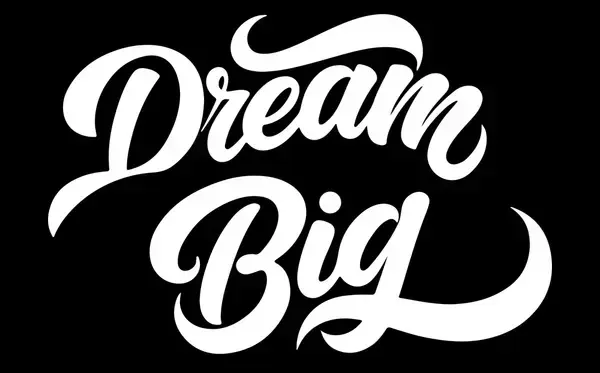Detailed Descriptions of Marijuana Intake
Whether you decide to smoke, vape, dab, or indulge in your favorite edible or even beverage just know the future of these products are wide open! When you smoke, vape, or dab marijuana, THC quickly passes from your lungs into your bloodstream. Your blood then carries THC to the brain and other organs. If you are eating or drinking THC Your body absorbs the THC a bit more slowly — you will typically experience the effects after 30 minutes to one hour.
smoked:
Marijuana is often smoked in joints (like cigarettes), blunts (cigars refilled with cannabis), pipes, or bongs (water pipes).
Process:
When smoked, the plant material is burned, and the smoke is inhaled, carrying the psychoactive compounds like THC into the lungs.
Absorption:
The lungs quickly absorb the THC, which then enters the bloodstream and is rapidly distributed throughout the body, including the brain.
Onset and Duration:
Smoking typically leads to a rapid onset of effects, often within minutes, and a relatively shorter duration of effects compared to edibles
injestion:
Marijuana can be mixed into food or drinks, such as baked goods, candies, tea, or beverages.
Process:
When ingested, the THC is absorbed through the digestive system, specifically the stomach and intestines, into the bloodstream.
Absorption:
The absorption process is slower compared to smoking, and the effects may be delayed, sometimes taking up to 30 minutes to an hour to be felt.
Onset and Duration:
Edibles typically have a slower onset of effects, and the duration of effects can be longer, potentially lasting several hours
Vaporizing:
Marijuana can be vaporized using electronic vaporizers, which heat the plant material without burning it.
Dabbing:
Concentrated oils or waxes from the cannabis plant can be smoked, often in a specialized glass pipe called a dab rig.
Topical Applications:
Marijuana can be applied topically, such as creams or balms, for localized pain relief or other effects
